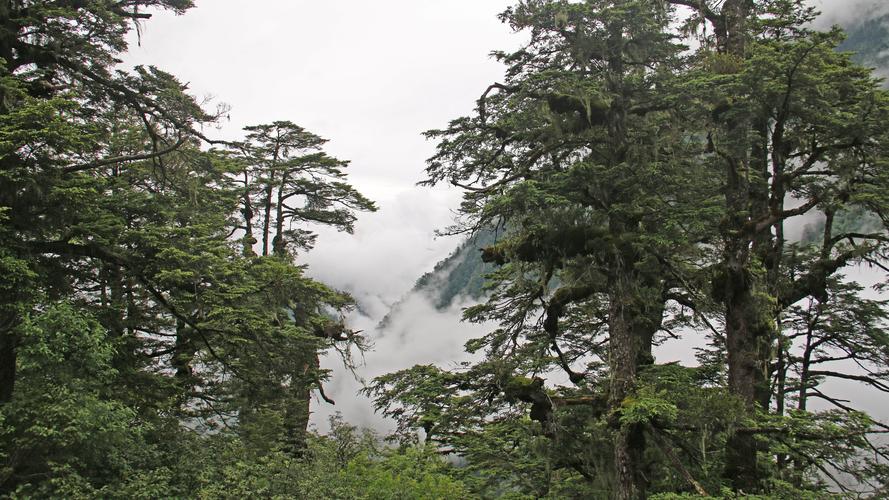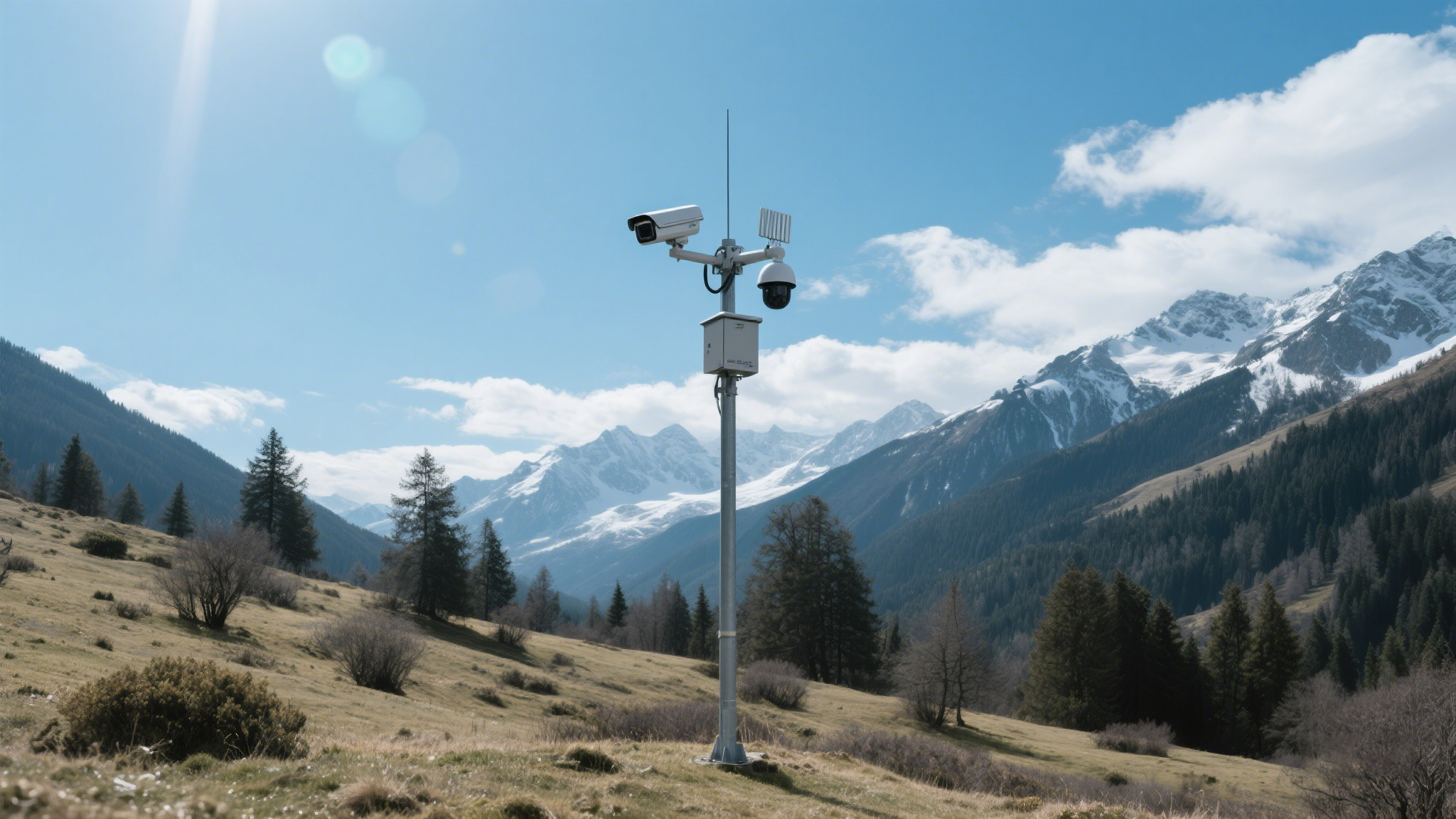Wireless video surveillance for forest fire prevention in high-altitude areas
Fire prevention challenges in high-altitude forest areas
In high-altitude areas, forest resources are abundant and have significant ecological significance. However, its forest fire prevention work faces many thorny challenges. Taking a high-altitude forest area as an example, the mountains here are steep and the terrain is complex, with an average altitude of over 3000 meters, and some areas even exceed 4000 meters in altitude.
The complex terrain makes it difficult for personnel to patrol. Forest rangers find it difficult to quickly reach remote forest areas, and the efficiency of hiking patrols is low, making it impossible to fully cover the forest areas. The climate in high-altitude areas is variable, with large temperature differences between day and night, and frequent outbreaks of severe weather such as strong winds, blizzards, lightning strikes, etc., which not only increase the risk of fire, but also pose a threat to the safety of forest rangers and seriously hinder manual patrol work. Moreover, the infrastructure in the region is weak, and wired communication networks are difficult to install, making traditional wired monitoring systems ineffective.

Construction of wireless video surveillance system
To overcome the problem of forest fire prevention in high-altitude areas, advanced wireless video surveillance systems are introduced. This system mainly consists of three parts: front-end monitoring equipment, wireless transmission network, and monitoring center.
Front end monitoring equipment is crucial. Install high-definition cameras and thermal imagers at high altitudes and key fire prevention areas in forest areas. High definition cameras can capture clear visible light images, while thermal imagers can accurately capture temperature anomalies. The two work together to achieve all-round and all-weather monitoring of forest areas. The equipment has characteristics such as anti shake, dust-proof, waterproof, and high and low temperature resistance, and can adapt to harsh high-altitude environments. The camera is equipped with a telephoto lens, with a monitoring range of several kilometers. The thermal imager can detect small temperature changes and promptly detect potential sources of fire.
Wireless transmission networks are the "bridge" for data transmission. Considering the actual situation in high-altitude areas, a combination of 4G/5G wireless communication technology and microwave transmission technology is adopted. In areas with good signal, use 4G/5G networks to quickly transmit data; In areas with poor signal or remote locations, data stability is ensured through microwave transmission. Some areas have also built wireless ad hoc networks to enhance network reliability and flexibility, ensuring that data collected by front-end devices can be transmitted in real-time and stably to the monitoring center.
The monitoring center is like the 'brain' of the system. Equipped with high-performance servers and professional monitoring software, it can centrally manage and control front-end devices. The monitoring software has powerful functions, including real-time video browsing, video storage, intelligent analysis, and warning and alarm functions. The staff can monitor the forest area in real-time through the large screen in the monitoring center, and promptly handle any abnormalities.
Significant achievements in system application
After the wireless video surveillance system was put into use, it has achieved remarkable results in forest fire prevention work.

The timeliness of fire monitoring has significantly improved. In the past, relying on manual patrols to detect fires often lagged behind. Nowadays, the system can monitor forest areas in real time, and once abnormalities such as smoke and high temperatures occur, an automatic alarm will be triggered immediately. In a fire caused by a lightning strike, the system quickly captured the source of the fire and issued an alarm at the first time, which was several hours earlier than previous manual detection, and bought valuable time for firefighting work.
The accuracy of fire location is extremely high. The system utilizes advanced positioning technology to accurately lock the location of the fire source, with errors controlled within a very small range. This allows firefighters to quickly rush to the scene of a fire, develop efficient firefighting plans, and greatly improve firefighting efficiency.
Reduce labor costs and risks. In the past, it was necessary for a large number of forest rangers to patrol the forest area for a long time. Now, with wireless video surveillance systems, the number of forest rangers can be reduced, patrol routes can be optimized, and forest rangers can focus their energy on key areas. At the same time, it reduces the working time of forest rangers in harsh environments, ensuring their personal safety.
Promote departmental collaboration and cooperation. The monitoring system has established an information sharing platform, allowing forestry, fire, emergency management and other departments to obtain real-time information on forest fires, breaking down information barriers and achieving collaborative operations. In multiple fire extinguishing operations, various departments closely cooperated based on the data provided by the system to quickly control the fire and reduce fire losses.








